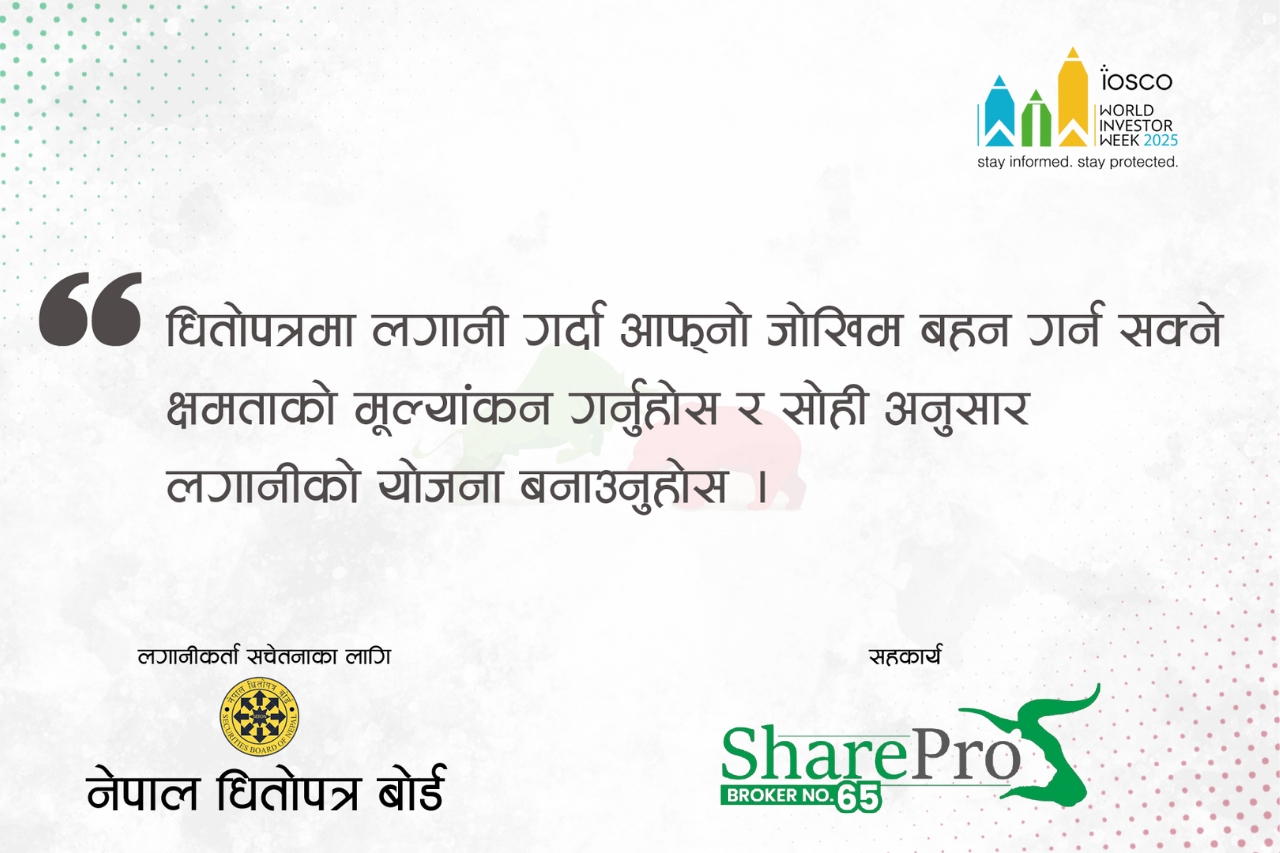Nepal's Electrifying Growth: A Decade of Expanding Electrical Transmission Infrastructure

Over the past nine years, Nepal has undergone a significant transformation in its electrical transmission system, witnessing an impressive addition of 3,118 kilometers of circuit transmission lines. This expansion represents a noteworthy milestone, particularly after the cessation of power load-shedding, with the Nepal Electricity Authority (NEA) playing a leading role in electrification endeavors, aiming to deliver ample, dependable, high-quality, and safe electricity to consumers.
The NEA, steering electrification efforts, is orchestrating the development of transmission lines and substation projects through the Directorate of Transmission and Project Management.
During this nine-year period, the capacity of grid substations has surged from 2,132 MVA in the financial year 2014-15 to an impressive 6,735 MVA in the fiscal year 2022-23.
In the fiscal year 2014-15, operational power lines were primarily 66 and 132 kV. However, the current system boasts 66, 132, 220, and 400 kV lines, underscoring the substantial expansion of the nation's electricity infrastructure.
The augmentation is also evident in the length of transmission lines. From a mere 2,624 circuit kilometers of power lines nine years ago, it has expanded to encompass 5,742 circuit kilometers in the past fiscal year. This transformation has evolved from being predominantly 66 and 132 kV transmission lines in 2014-15 to a diverse array, including 66 kV lines spanning 514 circuit kilometers and 132 kV lines covering 3,979 circuit kilometers.
This infrastructure enhancement has been methodically carried out to address consumer grievances related to frequent power outages due to technical issues.
Nonetheless, the execution of transmission line projects has faced challenges, including local obstacles, land acquisition hurdles, and deforestation concerns. These difficulties have led to extended project timelines and increased costs, thereby impacting electricity prices.
In light of the impending development decade for the country, essential reforms are imperative. Comprehensive amendments to existing laws are needed to facilitate land use in forested areas and expedite the execution of budgeted programs.
To meet electricity demand projections until 2050, major cities, including Kathmandu, have been divided into 11 clusters, with a master plan devised for transmission and substation structures. Additionally, construction work has commenced on 400, 220, and 132 kV east-west transmission lines to accommodate the burgeoning industrial and urban areas in the southern Tarai/ Madhesh region.
At present, the NEA reports that 2,852 circuit kilometers of transmission lines across various capacities are currently under construction. The majority of these are 132 kV transmission lines (1,111 circuit kilometers), with 220 and 400 kV lines also in progress (988 and 754 circuit kilometers, respectively).
Furthermore, plans are in place to construct an additional 6,751 circuit kilometers, with 132, 220, and 400 kV transmission lines accounting for 1,141, 1,752, and 3,858 circuit kilometers, respectively.
Regarding substations, construction is underway for 10,469 MVA capacity substations of various sizes, and proposals for an additional 15,564 MVA capacity substations are in the pipeline.



